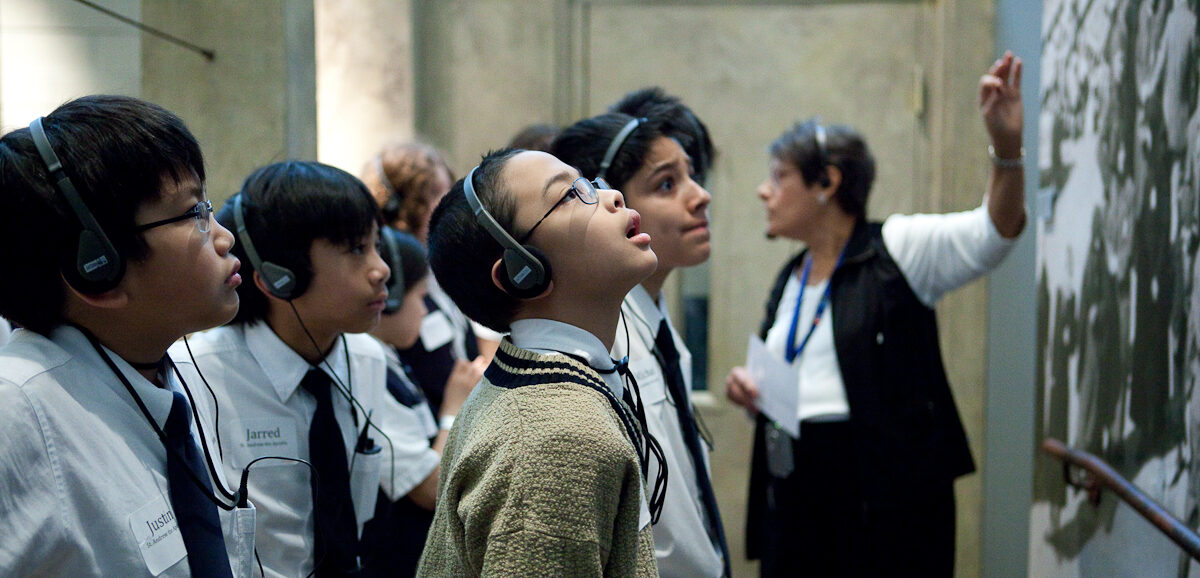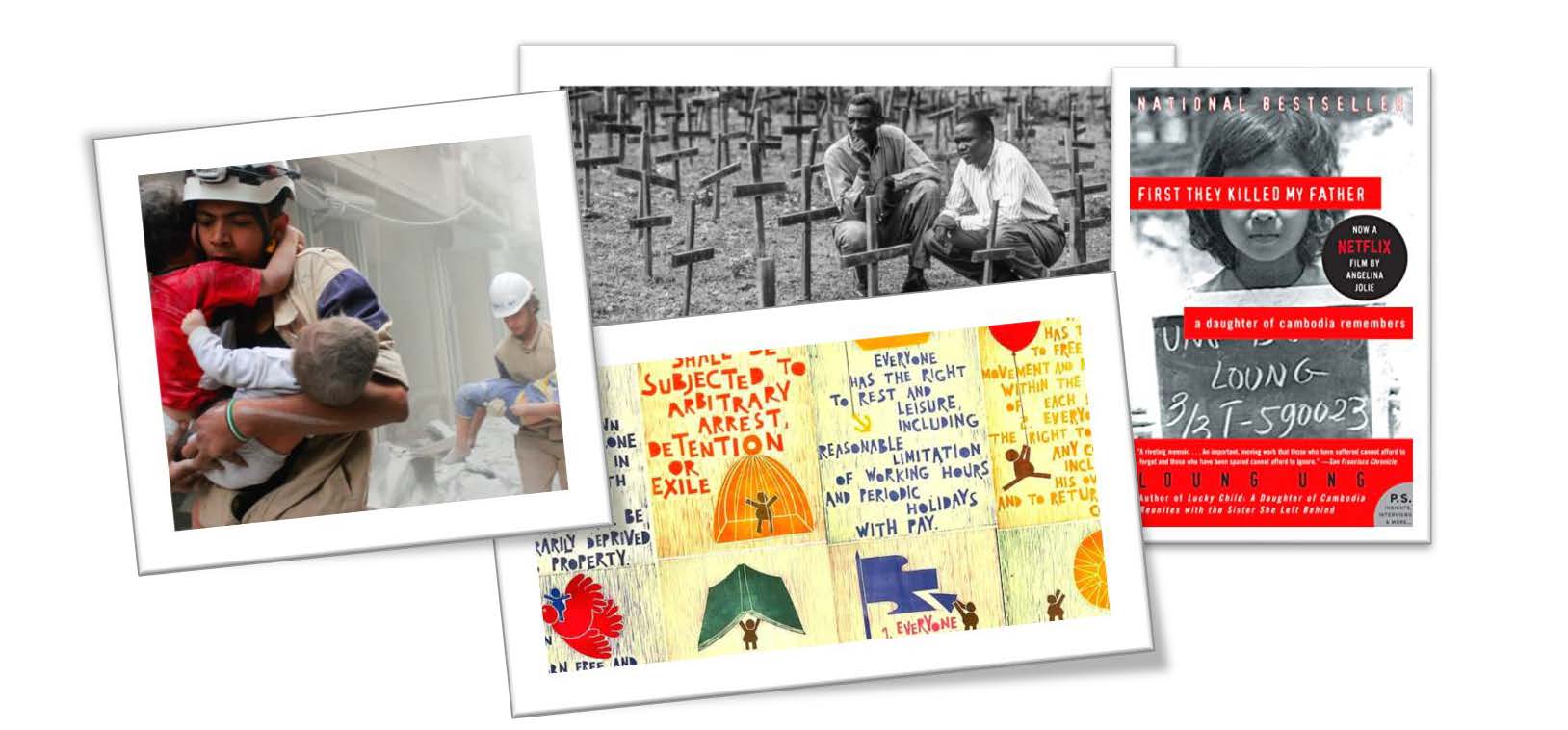Virtual Education Resources
Illinois Holocaust Museum & Education Center provides extensive virtual education resources for students and educators, including virtual field trips, teaching trunks, professional development, and more.
In this virtual teaching trunk, students explore personal and cultural identity, empathy, family, and friendship through the lens of character education.
Themes:
- How to be a contributing part of the local and global community
- What it takes to care of one’s self and others
- How and why to speak up for what is right
- How to speak up for those being bullied
- How to understand core values of respect, compassion, justice, civic virtue, and citizenship
Materials:
- Ready-made lesson plans for teachers to use synchronously or asynchronously
- Read-aloud books and corresponding activities & questions
- And Tango Makes Three
- Carl the Complainer
- Elmer
- Frog and Toad Are Friends
- Video clips and activities from Make A Difference! The Harvey L. Miller Family Youth Exhibition
- Themes explored include: family, community, identity, standing up for what’s right
In this virtual teaching trunk, students examine how the lessons of the Holocaust and genocide can influence how we view the past and whether we choose to take a stand for positive change in the future.
Themes:
- How themes of memory, history, and culture intersect in the study of the Holocaust
- What influences the way history is remembered and retold
- What encourages people to stand up for others
Materials:
- Ready-made lesson plans for teachers to use synchronously or asynchronously
- Read-aloud books and corresponding activities & questions
- Hidden Figures: The Untold True Story of Four African-American Women who Helped Launch Our Nation Into Space
- Granddaddy’s Gift
- The Sneetches and Other Stories
- The Night Journey
- Video clips and extension activity ideas from Make A Difference! The Harvey L. Miller Family Youth Exhibition
- Artwork and activities from the Museum’s Act of Art Gallery
- Virtual “artefact” explorations featuring inspiring stories of local Chicago Holocaust Survivors
In this virtual teaching trunk, students will focus on the historical impact of the Holocaust on individuals, such as life in hiding, the ghettos, and camps.
Themes:
- Human and moral implications of individual choice, responsibility, and memory
- Influences on decisions to become a bystander
- Actions that encourage becoming an Upstander
Materials:
- Ready-made lesson plans for teachers to use synchronously or asynchronously
- Rentable ebooks and corresponding activities & questions
- Survival in Auschwitz
- All But My Life
- The Cage
- The Christmas Menorahs
- Access to our online exhibition on the Warsaw Ghetto Uprising, including extension activities
- Artwork and activities from the Museum’s Act of Art Gallery
- Virtual “artefact” explorations featuring the amazing survival stories of local Chicago Holocaust Survivors
- Documentaries of local Survivors’ Holocaust experiences and corresponding teachers’ guide
Photo credits: Robert Kusel, Robin Subar



